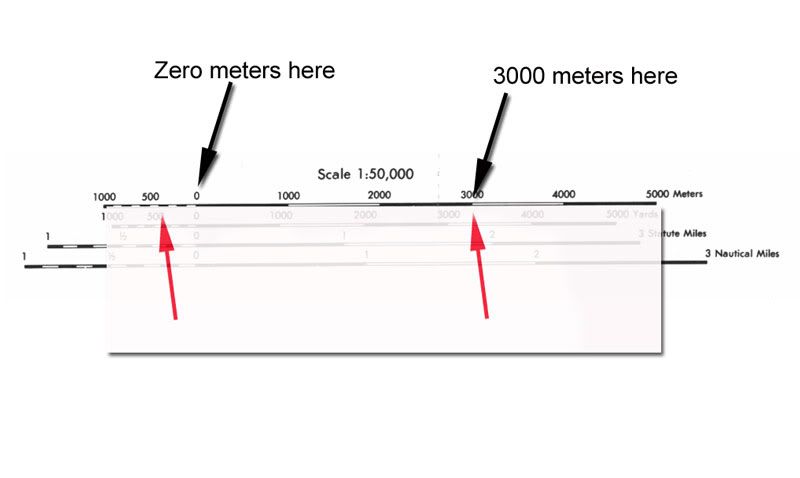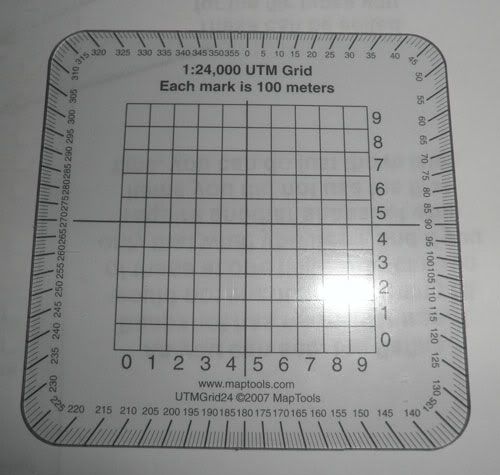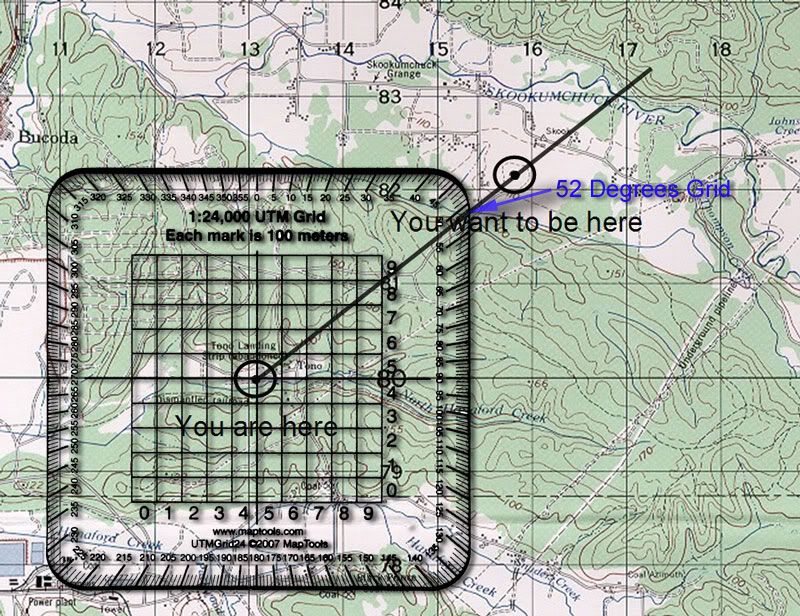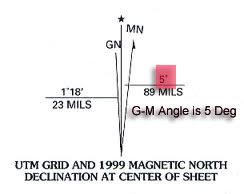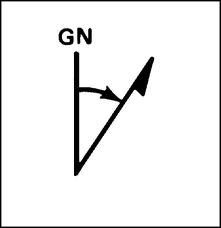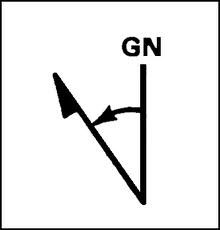Find Your Way
A series of articles dedicated to the lost art of land navigation and map reading
Distance and Direction
By H-Minus
You have learned how to find your location on a map by using coordinates. This article will discuss determining distance and direction on your map. To do this, we will need to look at the legend portion of our map. This section is located at the bottom of the map. The two areas of the legend we will focus on are the map scale bar and magnetic declination.
Scale Bar
Magnetic Declination
Before we start, let’s point out the cardinal directions on every topographical map. If you have a map in front of you, the top of the map will always be NORTH. The bottom will always be SOUTH. The right side of the map will always be EAST. Lastly, the left side will be WEST.
Assume you know exactly where you are on the map. You can point your finger to the exact spot on the map in front of you.
Great… you know where you are on the map and you also know where you want to go… If you look in grid square 15 – 82, you will see a symbol that looks like this:
Remember to read right and then up…..
We know where we are on the map. We know where we want to go… but… How do we get there? We need to know what direction in degrees and distance in miles, feet or meters to go. We are going to compute our distances in meters simply because when we start on the land navigation portion of our articles, we will show you how to establish a pace count to estimate distance traveled.
Let’s start with the easy part… How far is it from where you are to where you want to be? We will also assume you are going to navigate the distance as a crow might… A straight line… To figure out how far it is from point A to point B, we need only a pencil and paper.
Mark the two points on the paper and use the scale of the map to estimate the distance.
As you can see, the zero mark on this particular map scale is not quite where are points are drawn. In this case, all you need to do is use the smaller scale to the left of zero to determine the number of meters needed past 3000. In this case it is about 350 to 400 meters. Our total distance would be 3400 meters from point A to point B.
We know that our trip will be a distance of 3400 meters. Our next question is what direction we need to go to get there.
Your compass is set up in degrees.
Your protractor is also has a degree scale.
In order to establish direction you will need to first plot a line of travel. Take a straight edge and draw a line from the starting point to the destination. If the distance between point A and B are relatively close, extend your line past the destination point. This extension may be needed to help you determine direction with your protractor.
Once the line indicating direction of travel has been drawn, place the protractor squarely and centered on the map, with the crosshairs of the protractor right on top of the starting point of your line. Read the direction in degrees from the point where the line intersects the degree scale on the protractor. Just make sure your protractor is placed properly on the map. It is correctly placed if zero 0 degrees faces up, 90 degrees to the right, 180 degrees down, and 260 degrees left. The result will look like this:
This is how you establish direction in degrees on a map. There is still the issue of converting your direction from grid to magnetic. Remember, most maps have a magnetic declination and it requires a conversion from grid north to magnetic north. That difference is also measured in degrees. The legend portion at the bottom of your map will have that difference noted.
The conversion is pretty simple. It is simply a matter of adding or subtracting the G-M angle from your grid direction. The difficult part is figuring out if you have to add or subtract. That will depend on whether or not you have an easterly or westerly G-M angle.
Easterly G-M Angle
Westerly G-M Angle
There are very few things about land navigation and map reading that I have to write down. This is one of them. To make the conversions remember this:
- Easterly GM angles: Grid to magnetic subtract, magnetic to grid add
- Westerly GM angles: Grid to magnetic add, magnetic to grid subtract.
A good place to write this down is in permanent marker on your protractor (if you have room) or on your map case somewhere. Don’t try to remember it. In 27 years of doing and teaching this stuff, I can’t remember.
Now back to our map. Our last calculation was a grid direction of 52 degrees. Remember, that was grid degrees. We now need to know what our compass direction should be to get to point B. The legend of our map shows a 5 degree G-M angle in an easterly direction. To convert an easterly G-M angle from grid to magnetic, we must subtract the 5 Degrees from the 52 degrees plotted on the map.
52 – 5 = 47
Alright! We now know that we have a direction of 47 Degrees on our compass for 3400 meters to get to our destination.
And off we go…. We are walking, looking at our compass, walking, looking at our compass, and walking… wait… how far have we gone? I don’t know. I thought you were keeping track. In fact, how do I know how many meters I have walked?
That is another subject. See ya soon.









